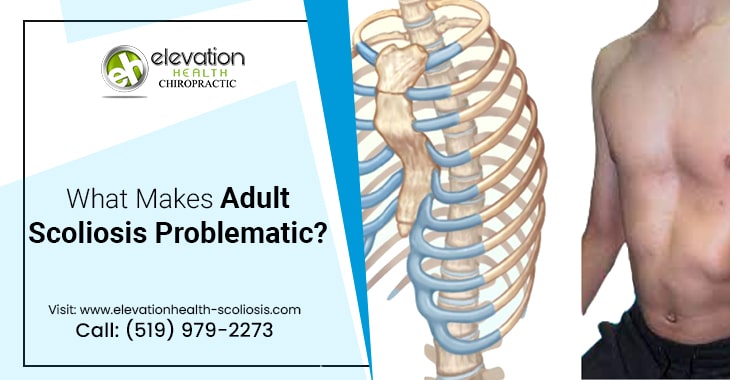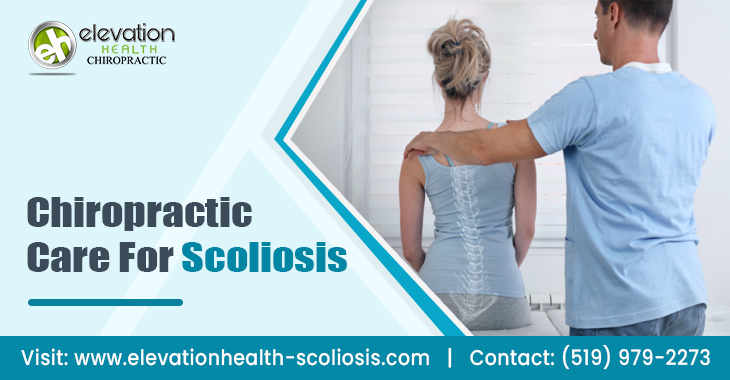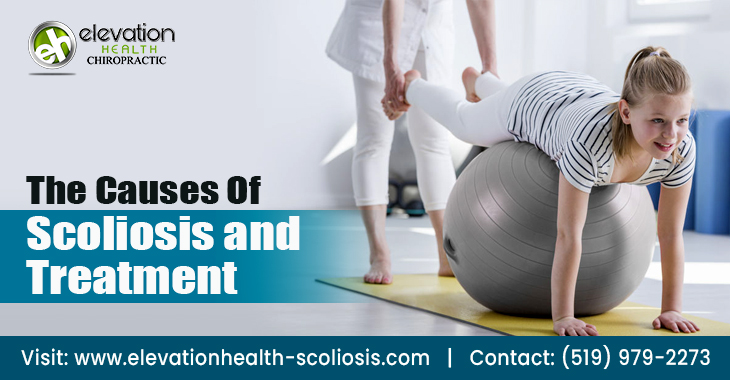
Scoliosis is commonly associated with adolescence but can also develop or progress in adulthood. Adult scoliosis refers to the abnormal curvature of the spine that occurs after skeletal maturity. While it may not be as prevalent as adolescent scoliosis, adult scoliosis can pose significant challenges and impact a person’s quality of life. That is why it is problematic for adults. It is not unknown that scoliosis patients suffer from pain and discomfort and seek some relief. Patients can ease their pain without undergoing surgery. Yes, non-surgical Chiropractic Care can help scoliosis patients. If you are wondering where to get the best Chiro care, visit Dr Brian Nantais from Nantais Family Chiropractic at Elevation Health, Canada.
At Nantais Family Chiropractic, we have the best chiropractor in Canada who can effectively treat scoliosis patients without surgery. Adults who want to alleviate scoliosis pain and make their life happy and pain-free can contact Elevation Health for the best help with scoliosis.
Now let’s explore why adult scoliosis is a problem.
One of the primary concerns with adult scoliosis is its potential for progression. While scoliosis often stabilizes after adolescence, certain factors, such as degenerative changes in the spine or untreated adolescent scoliosis, can cause the curvature to worsen over time. As the curvature progresses, it can increase pain and discomfort, affecting mobility, posture, and overall well-being. You can relieve such pain by getting Chiropractic Care from Dr Brian Nantais at Nantais Family Chiropractic.
Adult scoliosis can cause chronic pain and discomfort. The abnormal curvature of the spine can place uneven pressure on the spinal discs, joints, and surrounding soft tissues. It can result in muscle imbalances, nerve compression, and spinal instability, leading to back, hips, legs, and even neck pain.
As adult scoliosis progresses, it can negatively impact an individual’s function and mobility. The curvature can affect the spine’s alignment, causing postural changes, gait abnormalities, and limitations in range of motion. Activities that were once easily performed may become challenging, affecting independence and overall physical capabilities.
In severe cases, adult scoliosis can affect respiratory and cardiovascular function. As the curvature progresses and restricts the space within the chest cavity, it can compromise lung capacity and impair breathing. The abnormal curvature can also place pressure on the heart, potentially affecting cardiovascular health.
Living with adult scoliosis can have a psychological and emotional impact. Chronic pain, altered appearance, physical limitations, and the challenges of managing the condition can contribute to anxiety, depression, self-esteem issues, and a decreased overall quality of life. It is important to address not only the physical aspects but also the mental well-being of individuals with adult scoliosis.
Adult scoliosis presents unique challenges that can significantly impact an individual’s life. The potential for progression, chronic pain, functional limitations, and potential respiratory and cardiovascular complications make it crucial to seek appropriate care and management. If you suspect you have adult scoliosis or experience symptoms such as chronic back pain, postural changes, or decreased mobility, consult a healthcare professional or a spine specialist. You can also opt for Chiropractic Care if you want a non-surgical treatment for your scoliosis. For the best Chiro care in Canada, contact Dr Brian Nantais from Nantais Family Chiropractic at Elevation Health, Canada.

